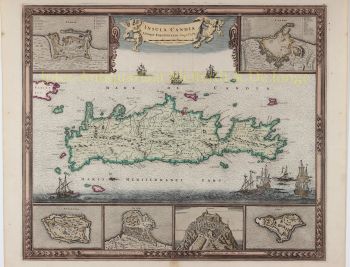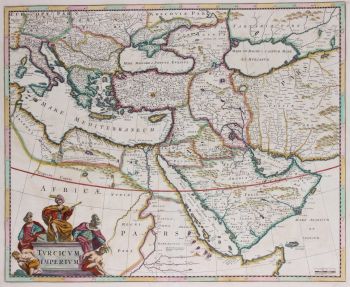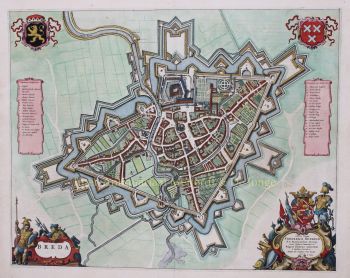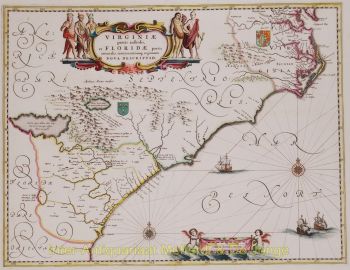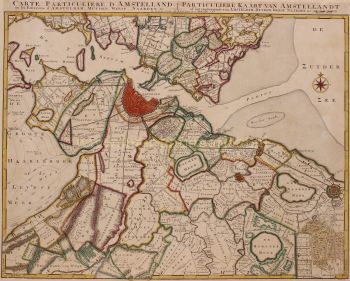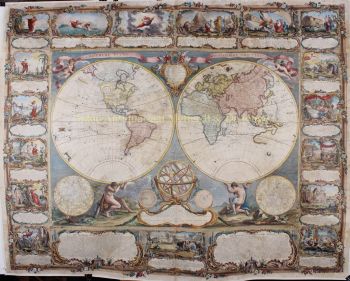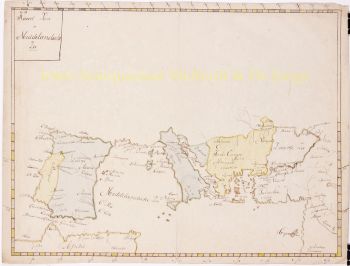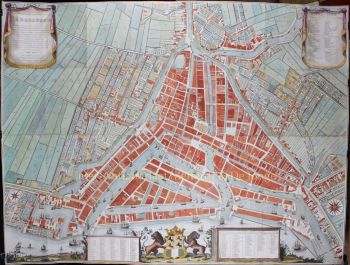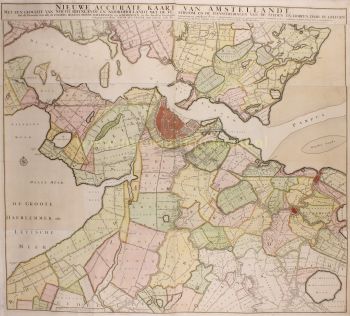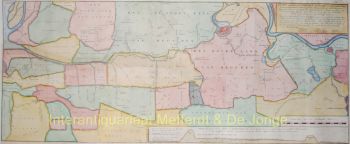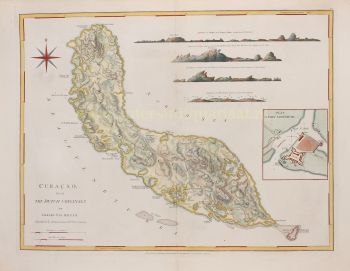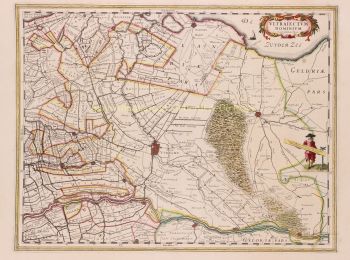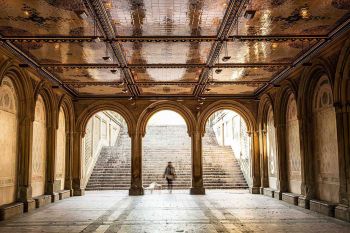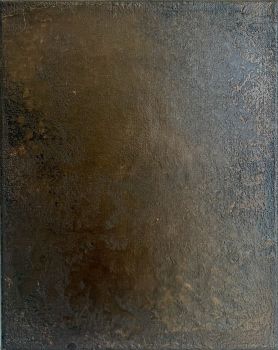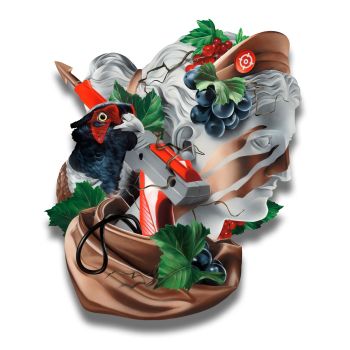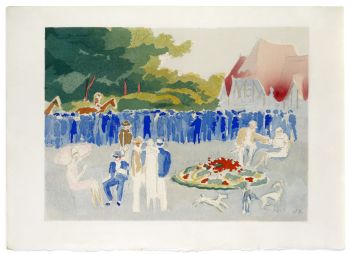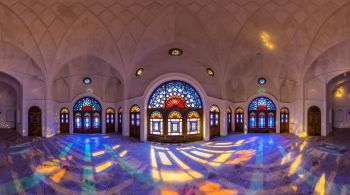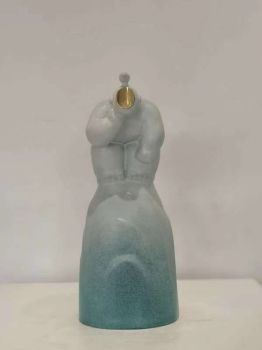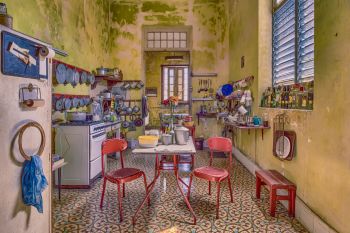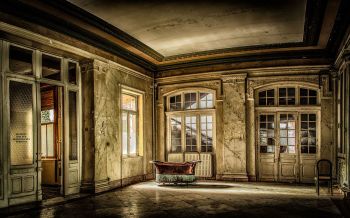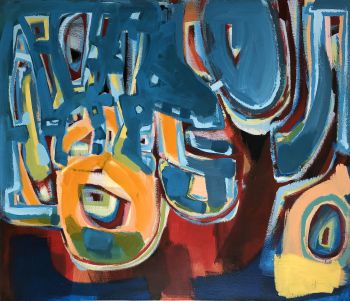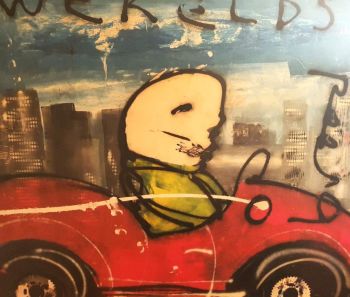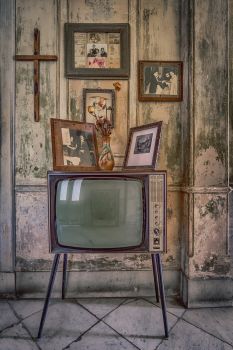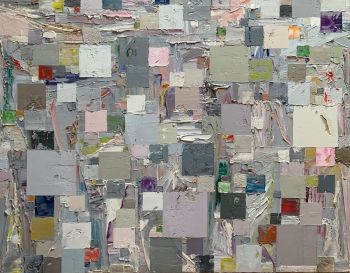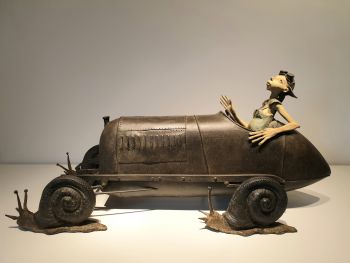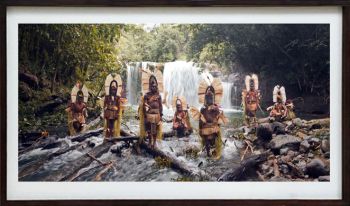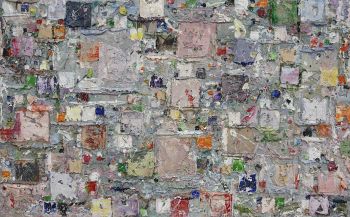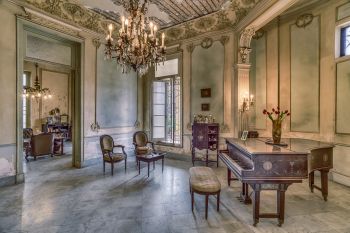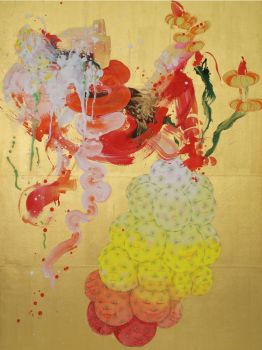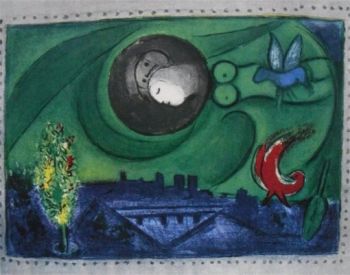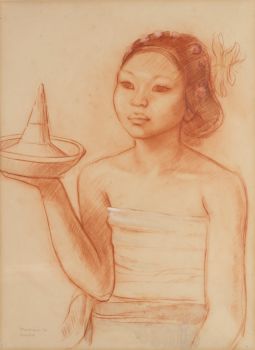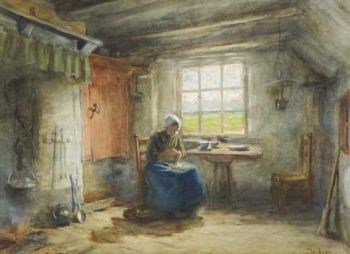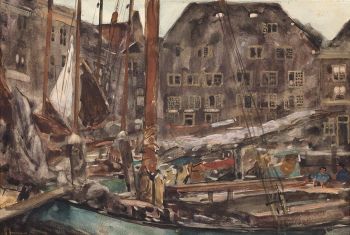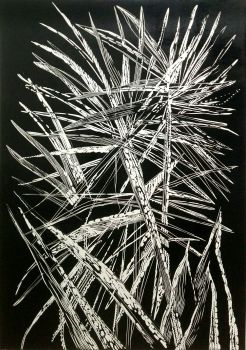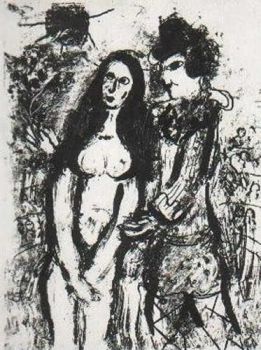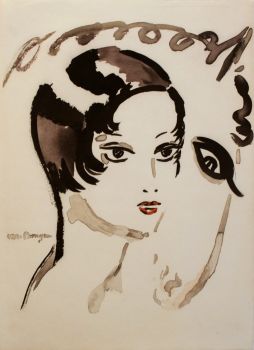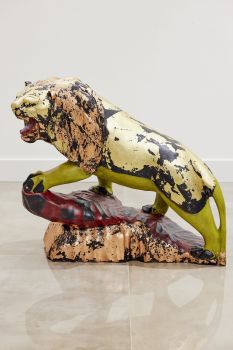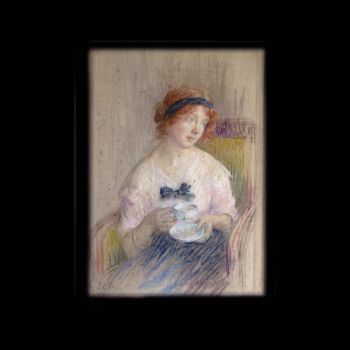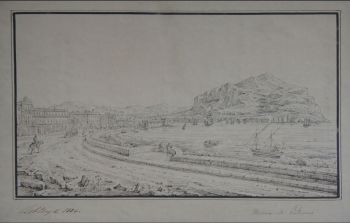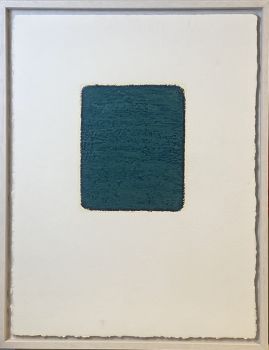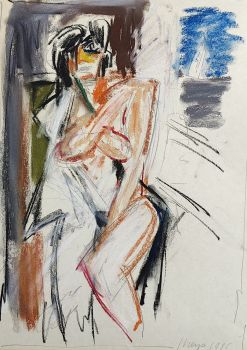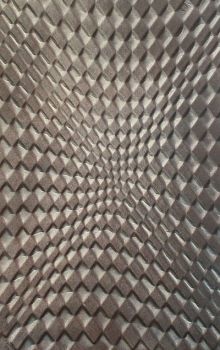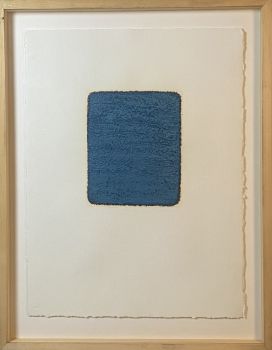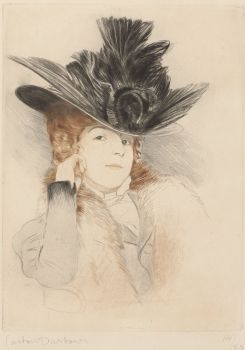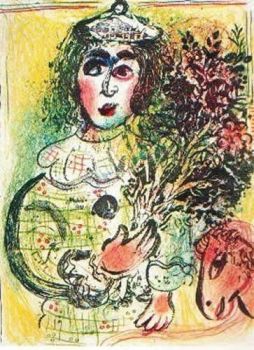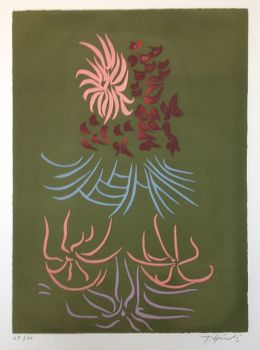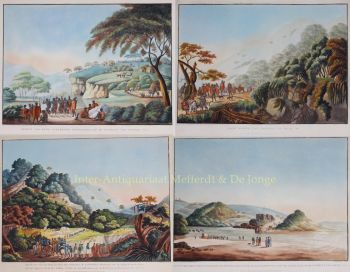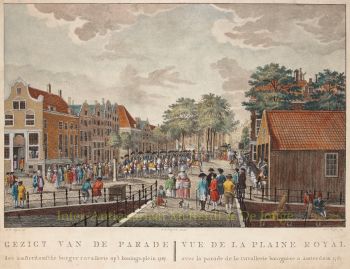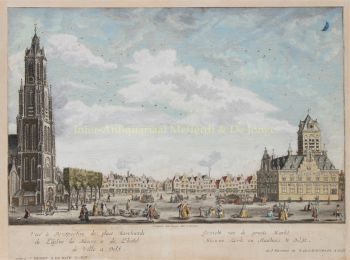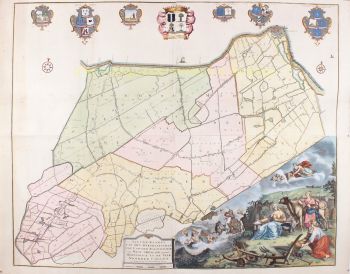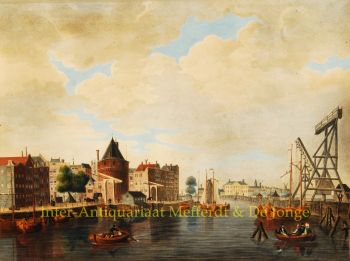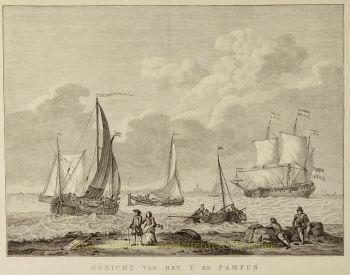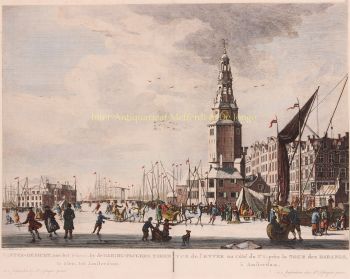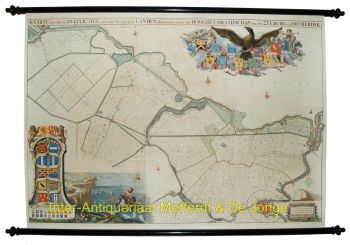Mappa del mondo 1660
Frederick de Wit
Carta
€ 11.500
Inter-Antiquariaat Mefferdt & De Jonge
- A proposito di opere d'arteNova Totius Terrarum Orbis Tabula. Copper engraving made by Frederick de Wit 't Amsterdam in de Calverstraat inde Witte Pascaart 1660, published in De Zee-Atlas Ofte Water-Wereld of Hendrik Doncker in Amsterdam from 1660 to 1670. With original hand colouring. Size: 47 x 56 cm (plus margins). This was De Wit's first world map. He derived it from the two hemisphere maps from Blaeu's wall map of 1648, reducing them in scale and making some changes. (Joan Blaeu's own smaller world map with two hemispheres can be found here.) The upper corners contain northern and southern celestial maps and the lower corners show north and south polar projections. In the bottom center are astronomical diagrams -- a geocentric one on the left and a Copernican one on the right. The top center vignette shows the sun encircled by a zodiacal ring. Between the maps and diagrams are four vignettes with allegorical depictions of the Four Elements (air, fire, earth and water). The map also includes Baroque decorations of garlands of fruit and flowers. A magnificent example of the art of mapmaking, this map is one of only 19 reproduced in color in Rodney Shirley's major scholarly work on world maps of the 15th to 17th centuries. In accompanying text, the author states that "[e]specially when richly coloured, De Wit's map is one of the most decorative standard-size maps of the time and it is much less commonly found than his three other atlas world maps." Frederick de Wit (1630-1706) was founder of a prominent map publishing firm in 17th century Amsterdam, the golden age of Dutch cartography. The De Wit family both published their own atlases and supplied maps to other cartographers such as Hendrik Doncker. Reference: Rodney Shirley (1983)- "The Mapping of the World: Early Printed World Maps 1472-1700", p. 421, plate 311. Price: Euro 11.500,- (incl. frame)
- A proposito di opere artistaFrederik de Wit è nato Frederik Hendriksz. Nacque da una famiglia protestante intorno al 1629 a Gouda, una piccola città nella provincia dell'Olanda, una delle sette province unite dei Paesi Bassi. Suo padre Hendrik Fredericsz (1608 – 29 luglio 1668) era un hechtmaecker (fabbricante di manici di coltelli) di Amsterdam, e sua madre Neeltij Joosten (morta prima del 1658) era figlia di un mercante di Gouda. Frederik si sposò il 29 agosto 1661 con Maria van der Way (1632-1711), figlia di un ricco mercante cattolico di Amsterdam. Dal 1648 circa fino alla sua morte, avvenuta alla fine di luglio 1706, De Wit visse e lavorò ad Amsterdam. Frederik e Maria ebbero sette figli, ma solo un Franciscus Xaverius (1666–1727) sopravvisse loro. Nel 1648, durante il culmine dell'età dell'oro olandese, De Wit si era trasferito da Gouda ad Amsterdam. Comegià nel 1654 aveva aperto una tipografia e un negozio con il nome "De Drie Crabben" (i tre granchi) che era anche il nome della sua casa sulla Kalverstraat. Nel 1655, De Wit cambiò il nome del suo negozio in "Witte Pascaert" (la Carta Bianca). Sotto questo nome De Wit e la sua azienda divennero noti a livello internazionale.
Sei interessato ad acquistare questa opera d'arte?
Artwork details
Related artworks
- 1 - 4 / 4
- 1 - 4 / 24
- 1 - 4 / 24
Theo Meier
“Una donna balinese con offerte”1936
Prezzo su richiestaZebregs & Röell - Fine Art - Antiques
1 - 4 / 24- 1 - 4 / 12




